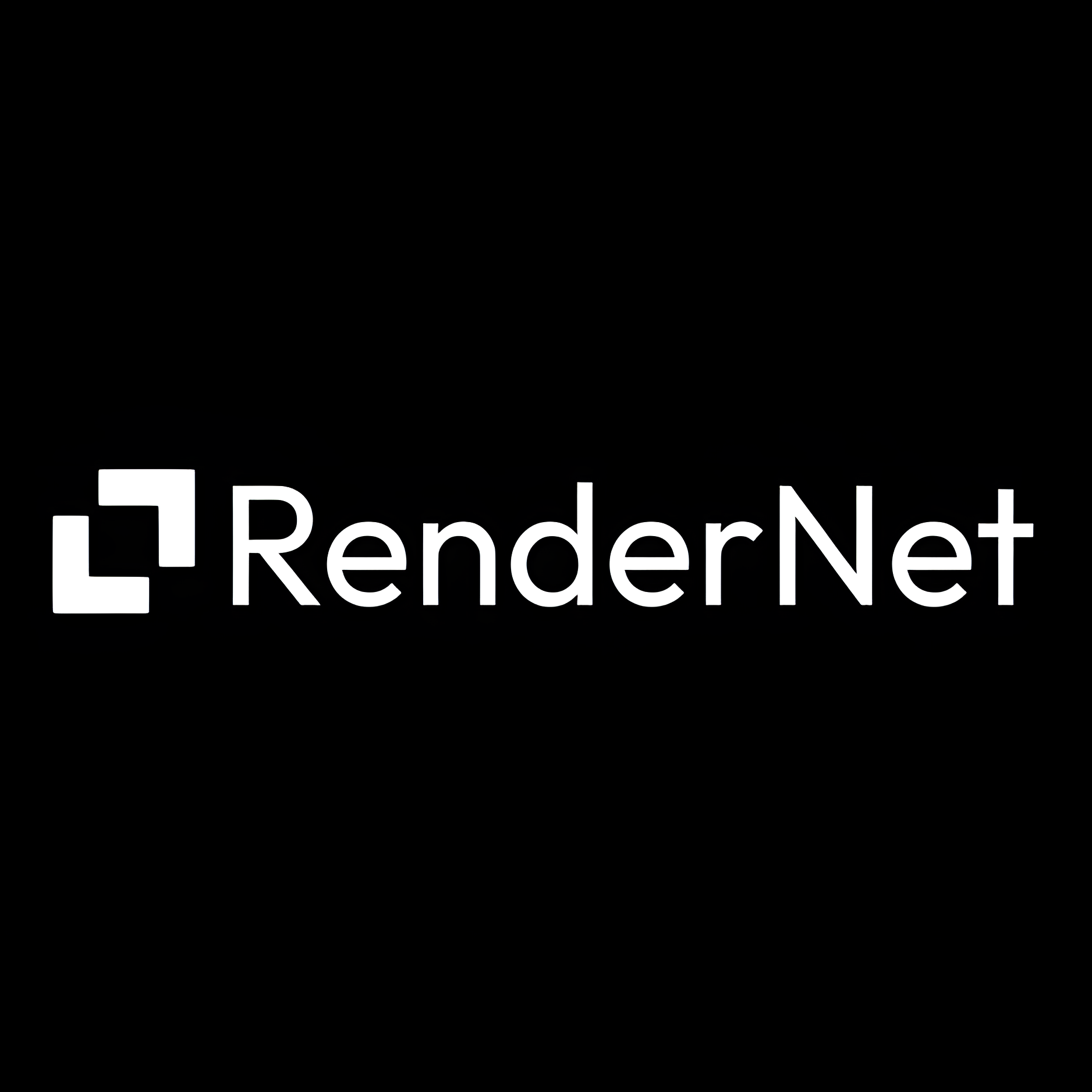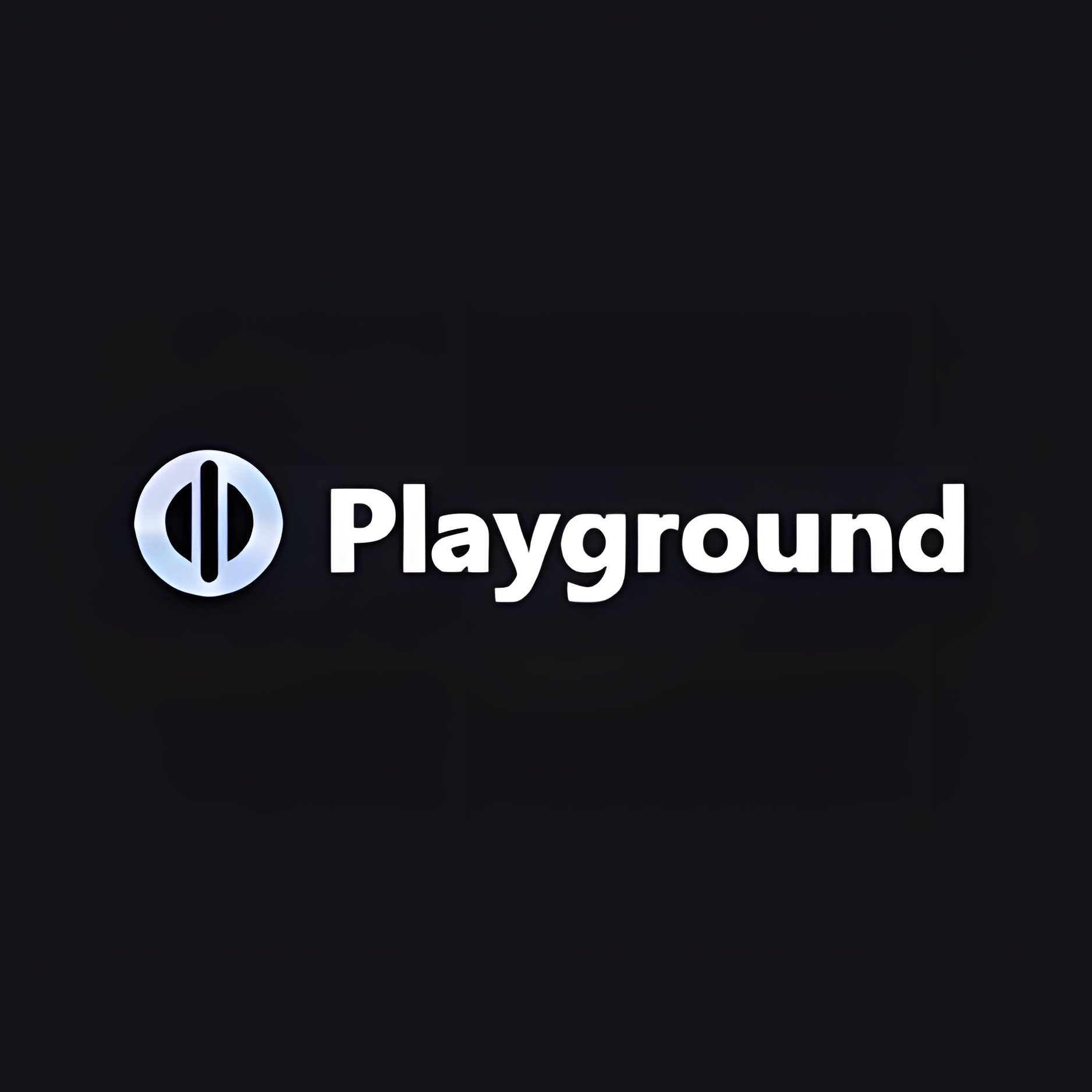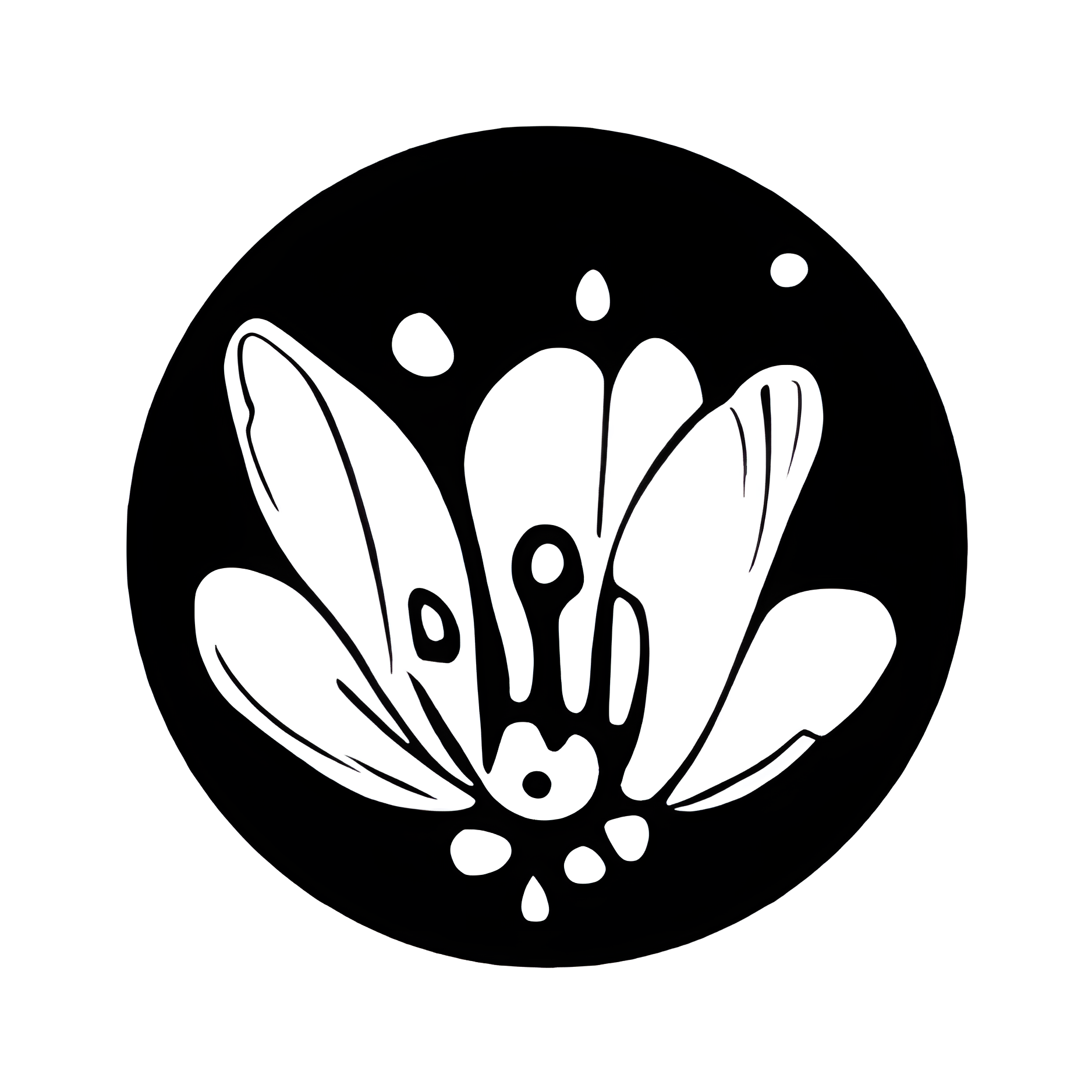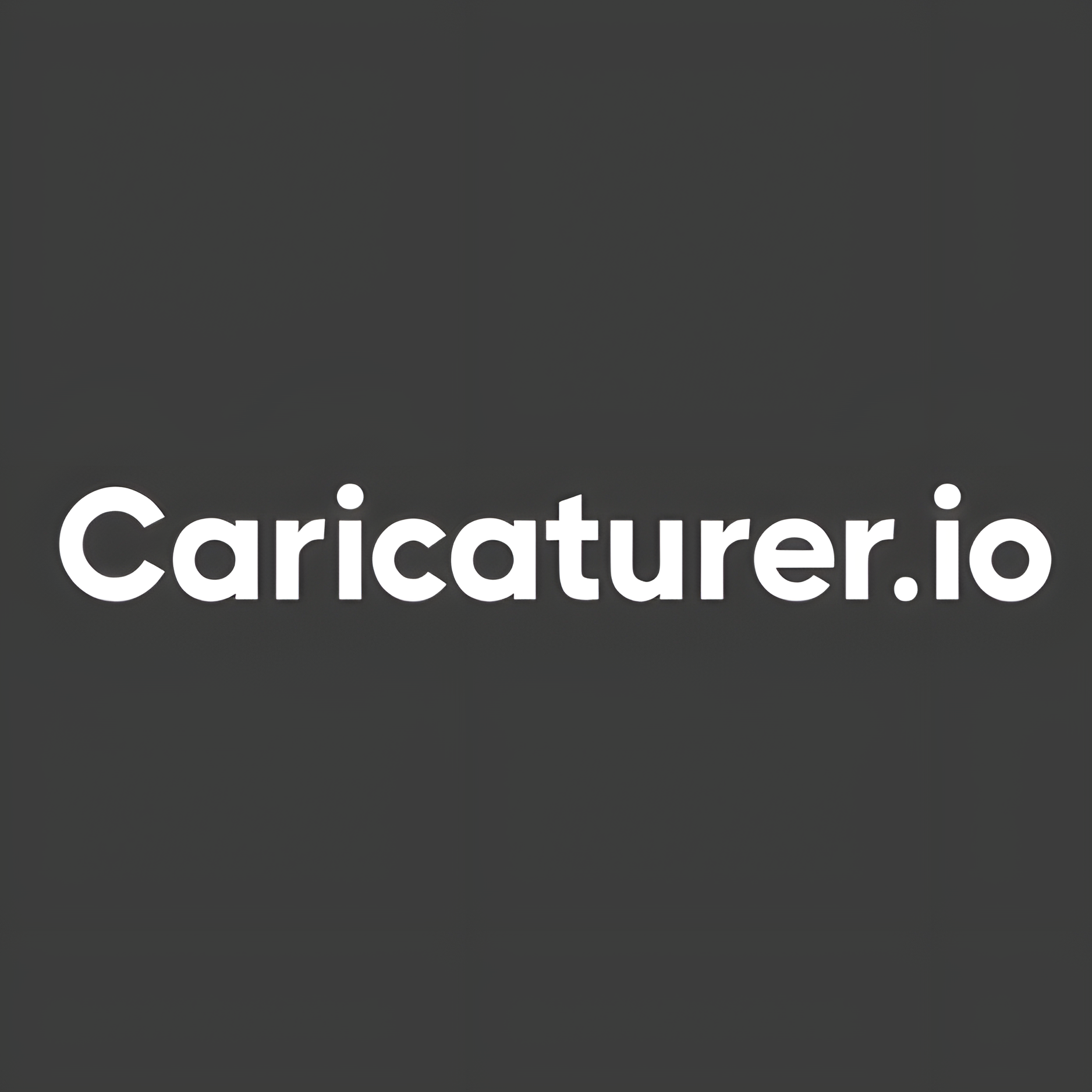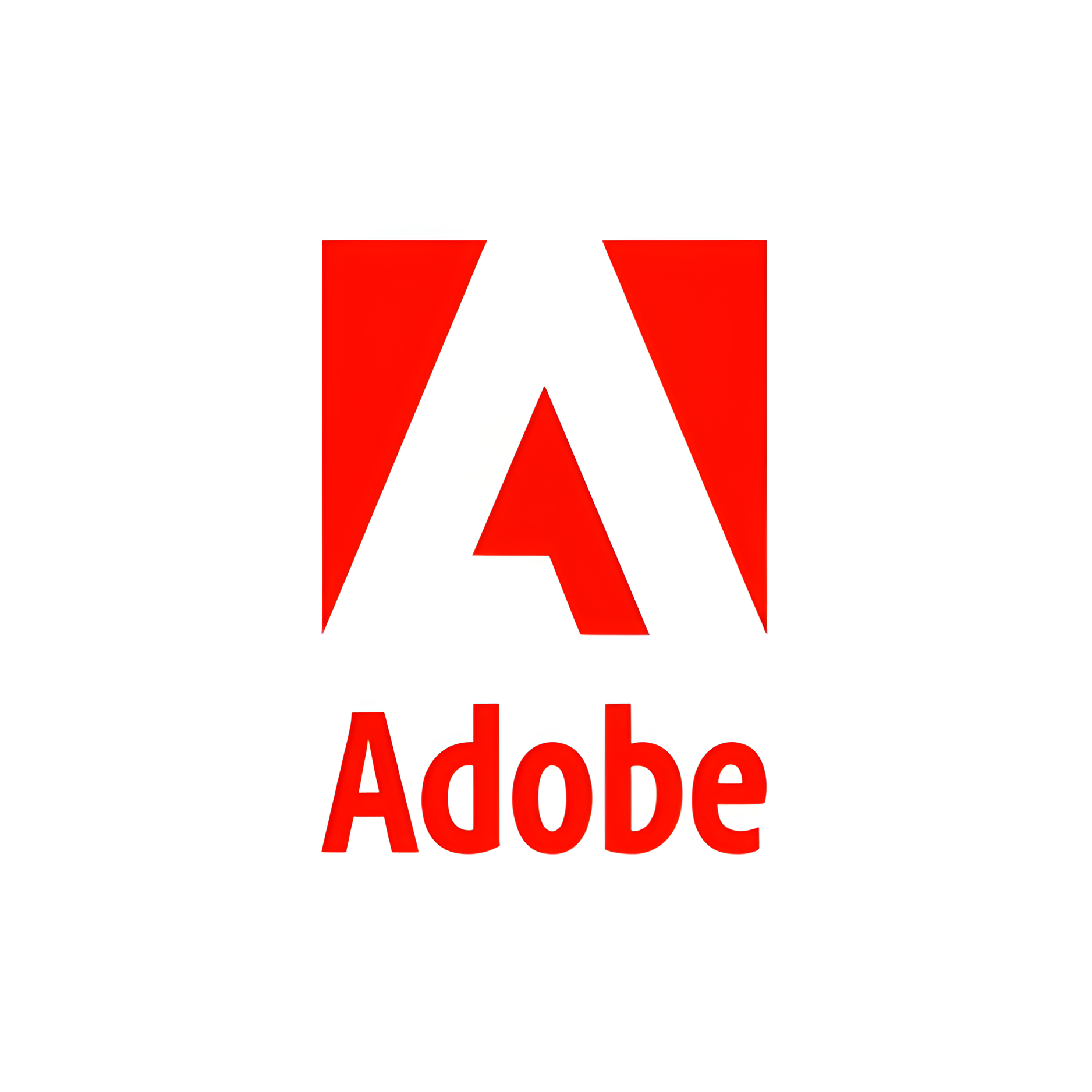Overview
Viorel Spinu's Midjourney Prompt Generator is an innovative AI tool designed to assist artists and creators in generating customized prompts for art creation. Hosted on Spinu's website, this webapp enables users to input a variety of parameters to craft unique artistic prompts. The tool offers an extensive range of customizable options, including choices of painters like Vincent van Gogh or Pablo Picasso, art movements such as Cubism or Surrealism, and advanced rendering engines like Unity or Unreal Engine. Users can further refine their prompts by adjusting settings related to lighting, perspective, material, camera angles, and even the level of chaos introduced into the generated scene.
The application is designed to run locally in the user's browser, ensuring privacy as no data on prompts or settings is stored externally. For those interested in the tool's mechanics, the source code is openly available on GitHub, allowing for transparency and direct engagement with the software's functionalities.
Feedback from users on the website highlights the tool's ease of use and effectiveness in generating art prompts, particularly praising its intuitive interface and the creative freedom it offers. The Midjourney Prompt Generator stands out as a valuable resource for both novice and experienced artists looking to explore new artistic dimensions and enhance their creative workflows.
Key features
- Extensive customization options: Users can select from various painters, art movements, rendering engines, and more to tailor prompts to their artistic vision.
- Advanced control settings: Adjust chaos level, seed, image weight, and other parameters to fine-tune the visual output of the generated art prompts.
- Negative prompting capability: Allows users to specify what elements to exclude, enhancing the relevance and focus of the generated prompts.
- Local processing: The application runs directly in the user's browser, ensuring privacy and security by not storing any data externally.
- Open-source transparency: Source code is available on GitHub, allowing users to review, modify, or enhance the tool according to their needs.
- User-friendly interface: Designed to be intuitive and easy to use, even for those unfamiliar with digital art terminology or tools.
 Pros
Pros
- Real-time preview: Provides a live preview of art prompts as adjustments are made, allowing for immediate visual feedback and refinement.
- Collaborative features: Enables multiple users to work on the same prompt simultaneously, fostering teamwork and shared creativity.
- Historical data analysis: Tracks previous prompt usage and success to recommend optimizations and inspire new artistic directions.
- Automated suggestions: Offers intelligent prompt suggestions based on current art trends and user preferences, streamlining the creation process.
- Multi-platform support: Accessible on various devices and operating systems, ensuring a seamless experience across all user platforms.
 Cons
Cons
- Steep learning curve: Despite the user-friendly interface, the extensive customization options can overwhelm new users unfamiliar with advanced digital art concepts.
- High system requirements: Local processing of complex art generation tasks demands significant computational power, potentially excluding users with older hardware.
- Limited real-time feedback: Adjusting advanced control settings and negative prompting requires trial and error, as changes are not previewed in real-time.
- Dependency on updates: Being open-source, the tool relies on community contributions for improvements and bug fixes, which can lead to inconsistent update schedules.
- No offline capability: Since the application runs in a browser, it requires an internet connection to access all features, limiting its use in offline scenarios.




